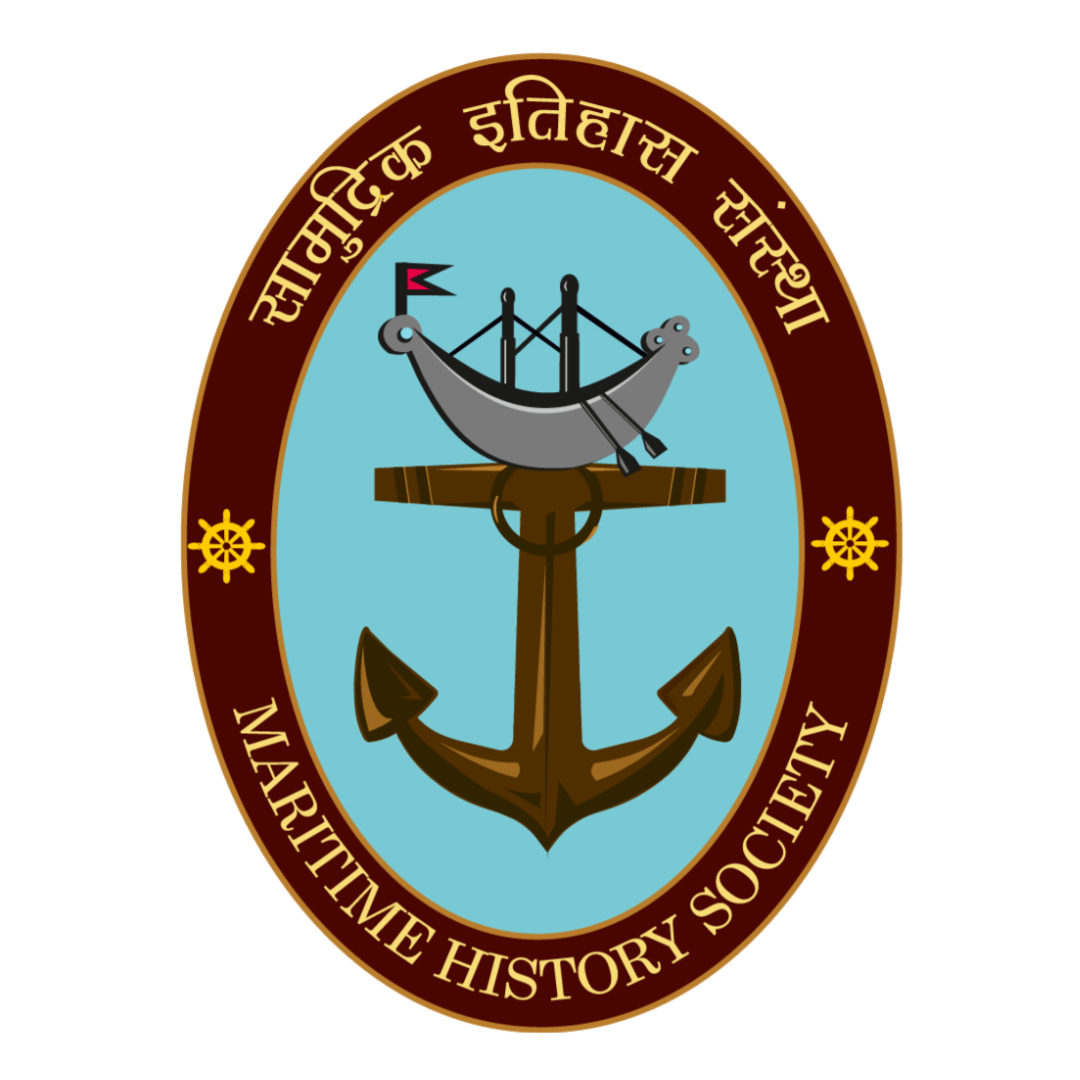Kajal Gautam
Research Intern
Maritime History Society
The Great Wave off Kanagawa by Katsushika Hokusai
Source:
https://en.m.wikipedia.org/wiki/The_Great_Wave_off_Kanagawa#/media/File%3ATsunami_by_hokusai_1 9th_century.jpg
The term ‘Tsunami’ is derived from the Japanese word “tsu” meaning harbor and “nami” meaning waves and is used in reference to a phenomenon that is related to tidal waves that are characterized by a long wavelength and period.[i] Created by heavy displacement of water, tsunamis can be generated from any large event, ranging from earthquakes and underwater explosions, to volcanic eruptions and meteorite impacts. Rare but extremely dangerous, tsunamis have claimed multiple human lives while also leading to heavy destruction of human property and infrastructural damage.
Announced by the Union General Assembly in December of 2015[ii], World Tsunami Awareness Day was the brainchild of Japan, a country that has had multiple horrifying experiences with the natural disaster, facing some of the worst tsunamis in history over the years, and is expected to face many more in the near future. The endeavor was declared after the deadliest tsunami in the Indian Ocean that took place in 2004 and since then, has been observed continuously every year. The initiative is inspired by the Japanese story of “Inamura no Hi” also globally known as “The Fire of Rice Sheaves” that saw Hamaguchi Goryō, the village headman of Hiro in Kii province set fires to the rice straws so that he could guide the villagers to safety from the massive looming
Ansei-Nankai tsunami in 1854.[iii] Just like the story, the World Tsunami Awareness Day drive is an effort that works to develop the disaster risk reduction strategies on a national and local level and create awareness among the millions of people that live in tsunami prone, coastal areas. The UN Disaster Risk Reduction or UNDRR along with the United Nations systems works on the celebratory observations of the World Tsunami Awareness Day.
The first World Tsunami Awareness Day was celebrated in the following year of 2016, where a conference was organized from 03 to 05 November at Vigyan Bhawan in New Delhi by the Government of India in collaboration with United Nations Office for Disaster Risk Reduction (UNISDR).[iv] This year, the seminar is held in Bangkok with the intention of introducing early warning and actions for tsunami in the Asia Pacific region which is one of the most tsunami affected regions in the world. The objective of the event is to strengthen the early warning system and enhance resilience to tsunamis.
Endnotes
[i] Mokhtari, M. , (Ed.). (2011). Tsunami – A Growing Disaster. IntechOpen. https://doi.org/10.5772/922
[ii] United Nations. (n.d.). World Tsunami Awareness Day. Retrieved November 4, 2022, from https://www.un.org/en/observances/tsunami-awareness-day
[iii] November 5 is World Tsunami Awareness Day | NASA Applied Sciences. (2020, November 5).
https://appliedsciences.nasa.gov/our-impact/news/november-5-world-tsunami-awareness-day
[iv] First World Tsunami Awareness Day to be celebrated at AMCDRR. (2016, October 12). First World Tsunami Awareness Day to Be Celebrated at AMCDRR. Retrieved November 4, 2022, from



0 Comments